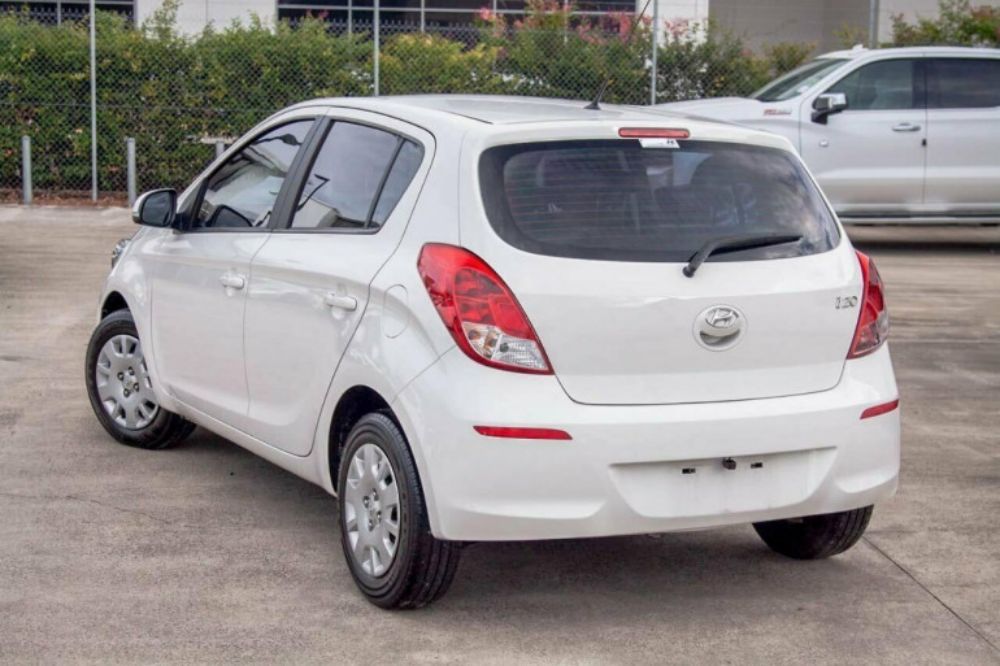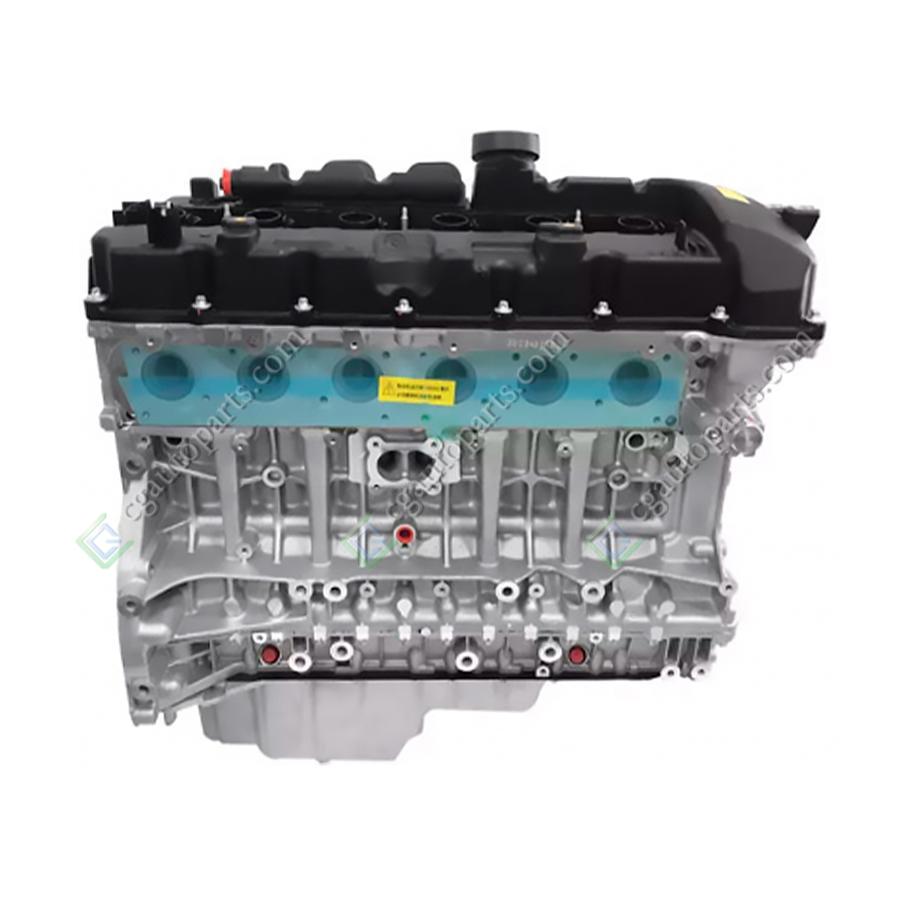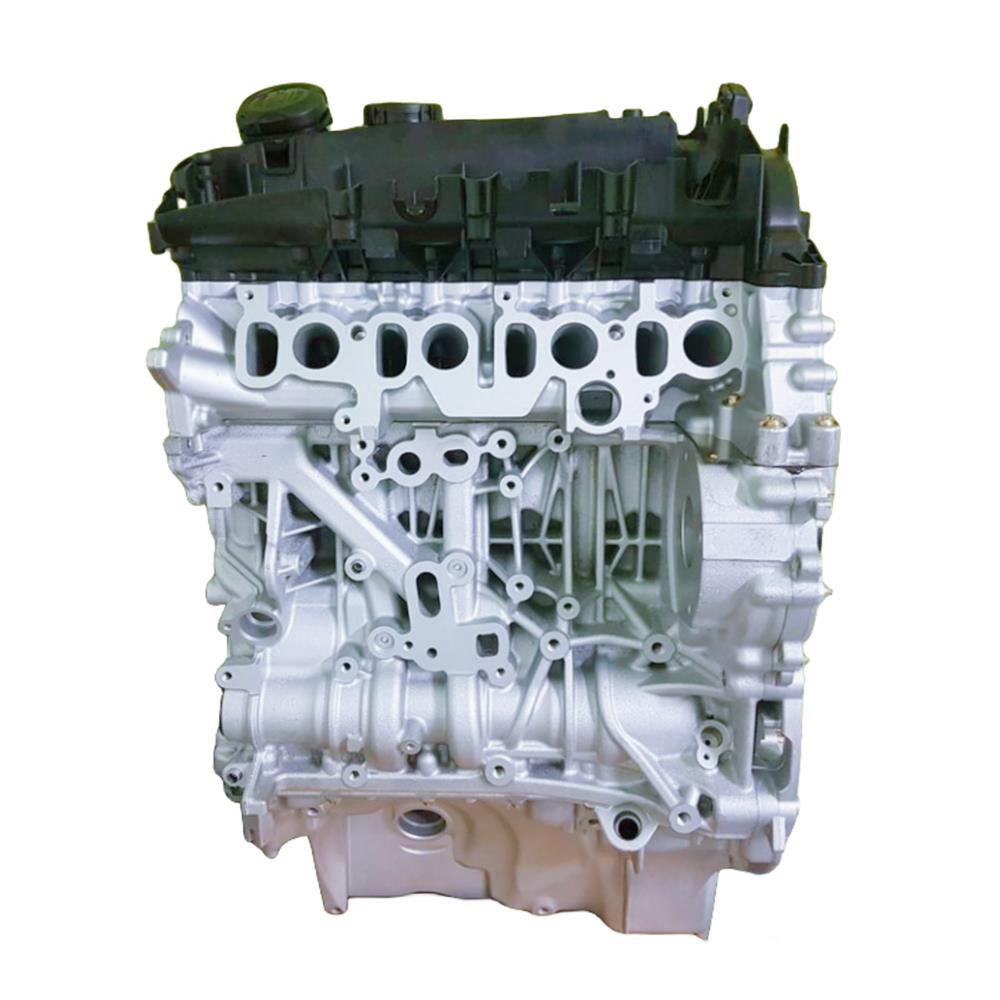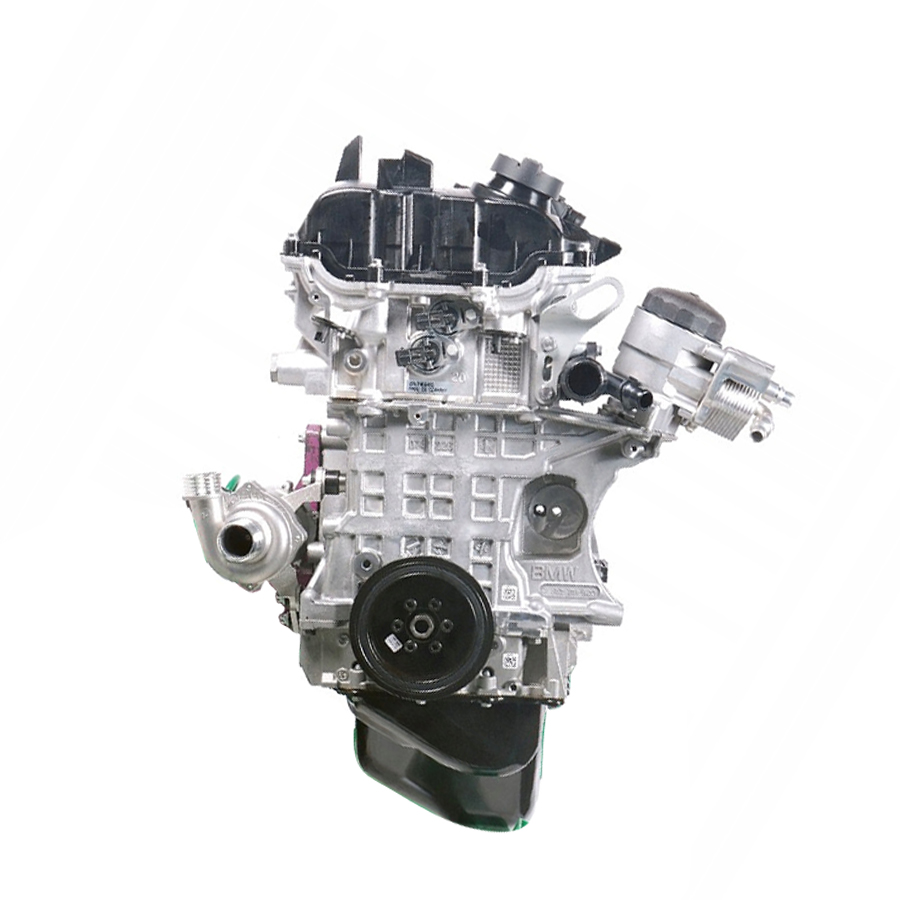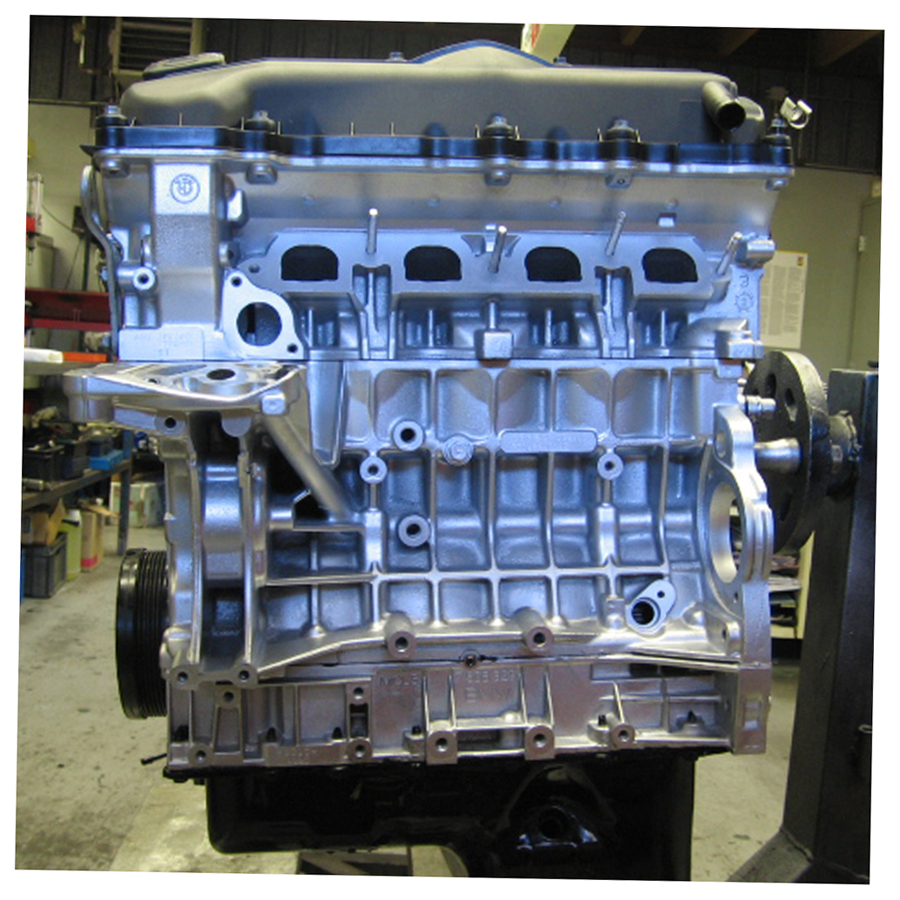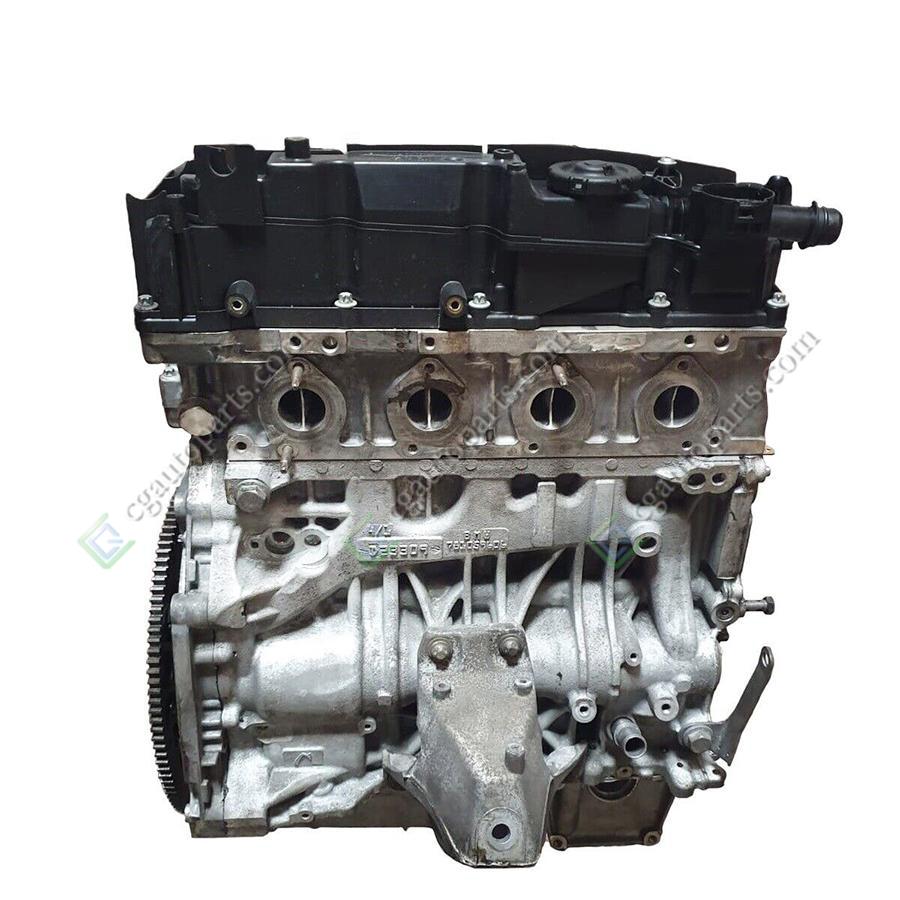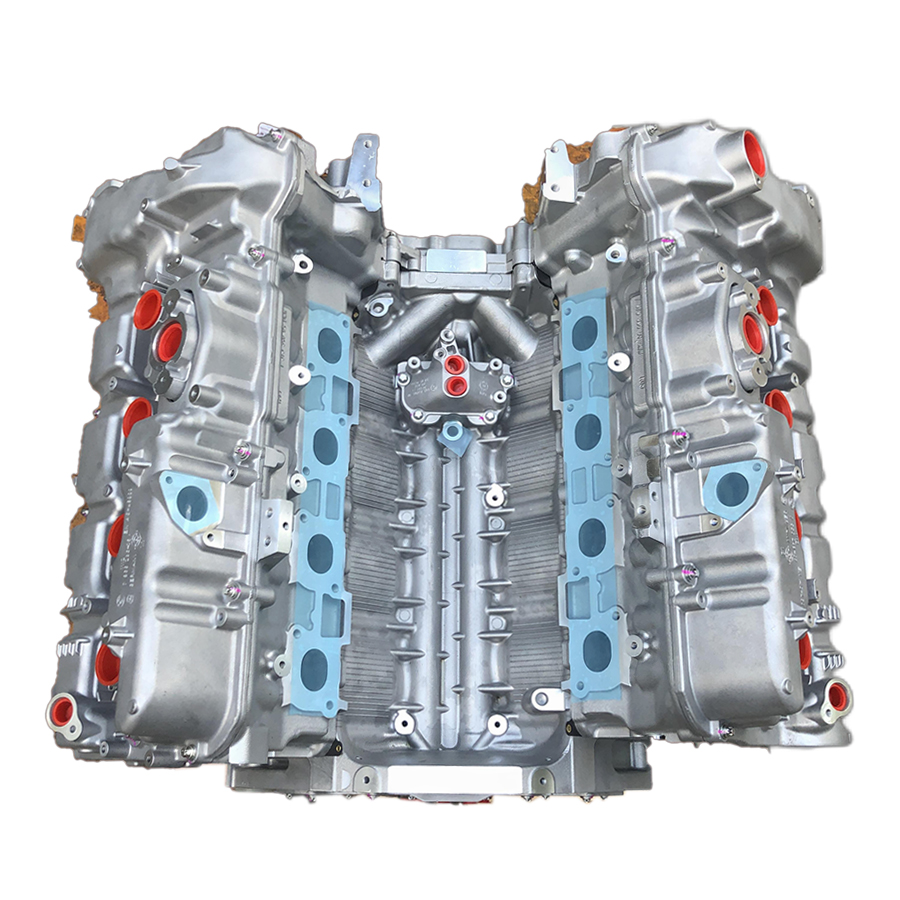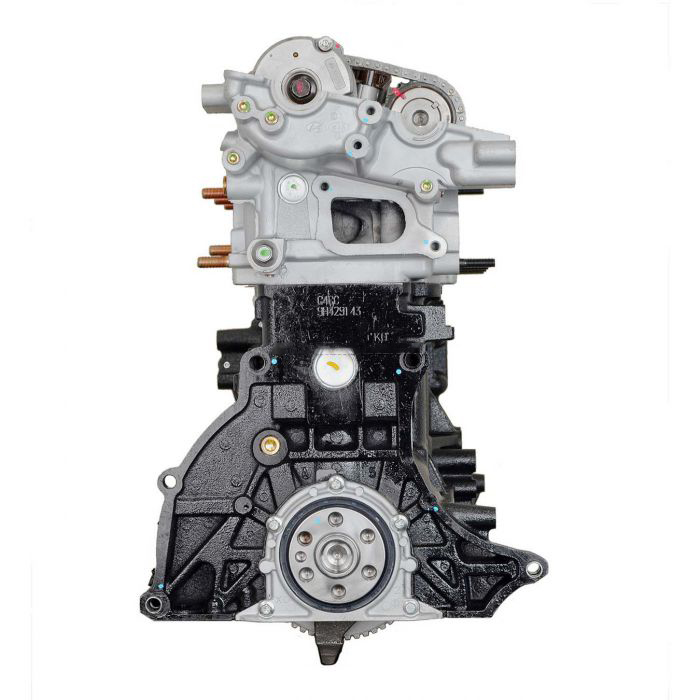Hyundai Kia Auto Engine G4GC Engine Engine Long Block And Engine Assembly
PRODUCT INTRODUCTION

Engineered with precision and attention to detail, the Hyundai Engine 2.0 G4GC is designed to deliver a refined driving experience. The iron engine block provides a solid foundation for the engine, ensuring stability and durability even under the most demanding conditions.Featuring original components from Komotashi, a renowned name in the automotive industry, the Hyundai Engine 2.0 G4GC is built to the highest standards of quality and reliability. Each component undergoes rigorous testing to ensure maximum performance and longevity, giving drivers confidence in the reliability of their engine.One of the standout features of the Hyundai Engine 2.0 G4GC is its impressive performance. With responsive throttle response and smooth power delivery, this engine delivers dynamic acceleration and effortless cruising capability. Whether navigating city streets or cruising on the highway, drivers can rely on the Hyundai Engine 2.0 G4GC to provide ample power and agility.In addition to its performance prowess, the Hyundai Engine 2.0 G4GC prioritizes fuel efficiency.
By incorporating advanced engineering technologies and intelligent fuel management systems, this engine maximizes fuel economy without compromising on power or performance. Whether commuting in urban traffic or embarking on long road trips, drivers can enjoy exceptional fuel efficiency and reduced emissions.The Hyundai Engine 2.0 G4GC is designed to meet the demands of modern driving, offering a perfect balance of performance, efficiency, and reliability. Whether installed in compact cars, sedans, or crossover SUVs, this engine delivers the versatility and capability required to tackle any journey with confidence.From its robust iron engine block to its precision-engineered components, the Hyundai Engine 2.0 G4GC exemplifies Hyundai's dedication to innovation and excellence. With its unbeatable combination of performance, efficiency, and reliability, this engine sets the standard for excellence in the automotive industry.In conclusion, the Hyundai Engine 2.0 G4GC, with its iron engine block and original components from the esteemed brand Komotashi, offers unmatched performance, efficiency, and reliability. Whether powering daily commuters or weekend adventurers, this engine delivers a driving experience that exceeds expectations.
